Gutter debris includes leaves, plants seeds, flyaway plastic, and many other items. Rainwater becomes blocked in gutters, and it cannot drain away. This can lead to flooding of sidewalks and facade damage. Even worse, due to this, houses may suffer foundation damage. It is the responsibility of homeowners to check and clean their gutters regularly for any obstructions.
Table of Contents
How to avoid Gutter cleaning mistakes
Here are some tips and ideas to avoid Gutter cleaning mistakes and save your home and money!
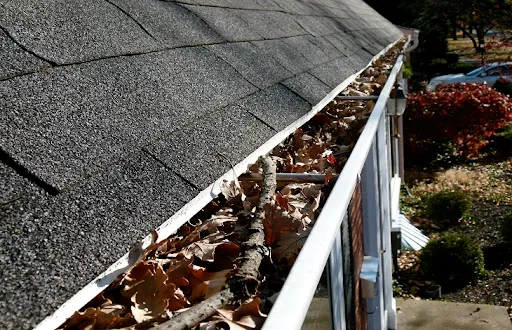
1. How often do gutters need to be cleaned out?
Gutter cleaning should be done twice per year by homeowners. This is best done in spring and autumn. Fall is the best time to clean, but fallen leaves and other foliage can clog gutters before winter frost sets. They should be removed before winter arrives and melting snow. This will help you avoid costly damage.
Another benefit of regular gutter cleaning is that you’ll be able to identify which gutters are most likely to accumulate dirt. It will save you time next time.
What equipment is best for gutter cleaning?
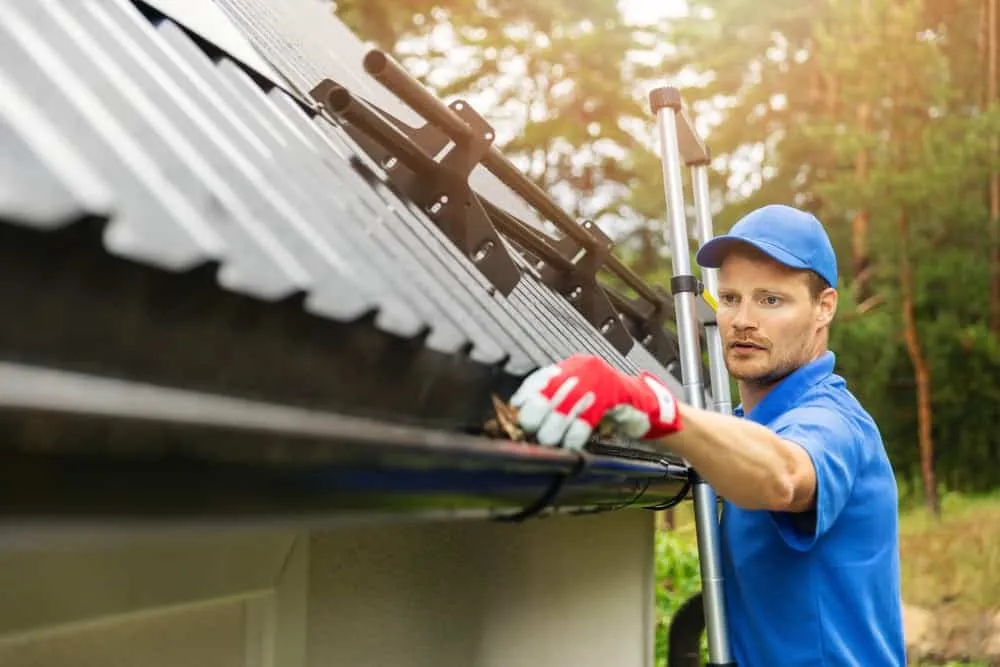
- You will also need a telescopic ladder with non-slip rungs.
- A shovel
- A hand broom and
- construction gloves.
A handy tool to clean gutters yourself can be made as well. Cut off the bottom of a PET container with a 1.5-liter capacity. You now have a dustpan you can use to drive along the gutter and clean dirt off it, without needing to sweep it onto the ground.
You can also find a variety of equipment to clean the gutter in specialty stores. Telescopic poles are beneficial as you don’t have to move the ladder constantly. The stick has a rubber lip that allows you to clean the gutter quickly.
You can also get cleaning robots to clean your gutters. These tiny robots can be placed in your channel. These little helpers then clean the gutters with rotor blades and brushes.
3. Do not forcefully remove dirt
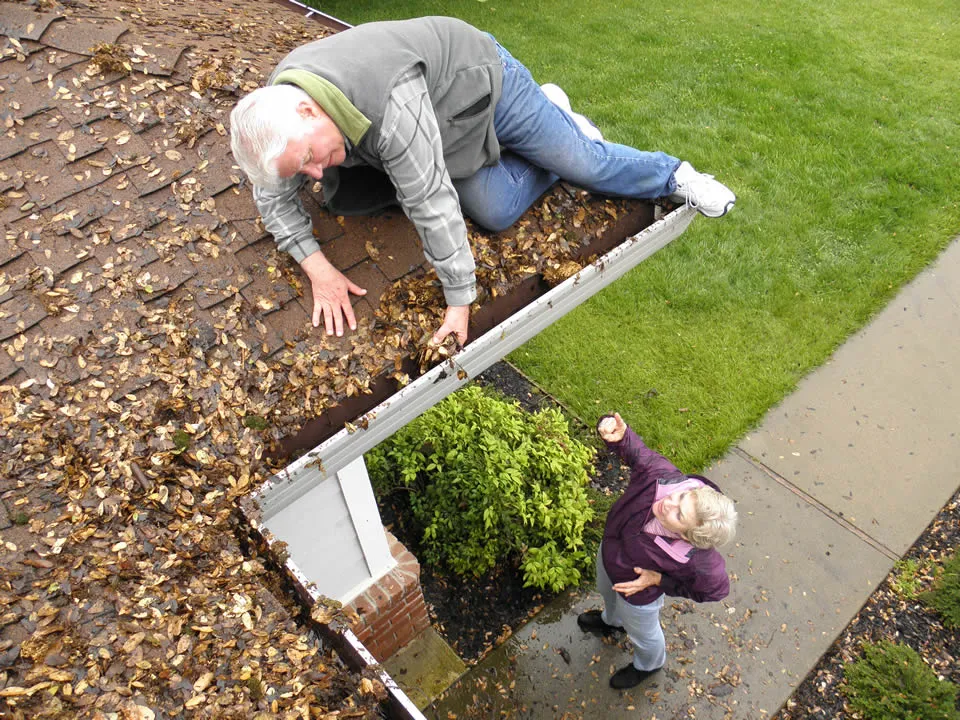
It would help if you first cleaned out the gutter. Do not clean in the middle of the drain. Instead, clean at the ends. You don’t need to be rough but scrape as hard and as long as possible to remove dirt.
You could damage your gutter by doing this. You should first remove the dirt using your hands, wearing work gloves. After the dirt is removed, you can clean it. You should immediately gather the ground and place it in a bucket. You’d have to do twice as much work if it was swept onto the floor.
4. You don’t pay enough attention to the downpipe while cleaning your gutters
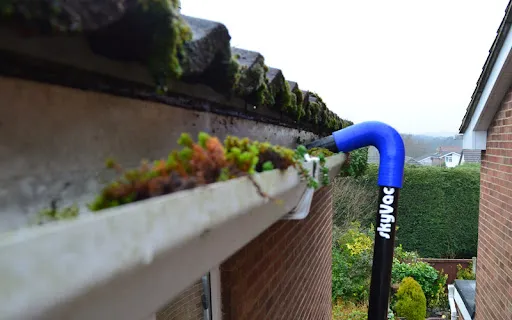
You should ensure that your gutters are always directed towards the downspout. If the gutters are not cleaned correctly, it can cause obstructions that make cleaning difficult. Close the drain after cleaning out the downspout.
A strainer is also a good idea to prevent the downspout from clogging. These screens can be very coarse and keep smaller particles out of the downspout. As a result, it, allows fine particles to pass through.
A pipe cleaning spiral is needed if the downpipe becomes blocked. A specialist shop can sell one. Open the drain to clean your downpipe. Continue turning the pipe until you reach the end. Rinse the downpipe with water until any dirt remains.
5. You clean the gutter blindly
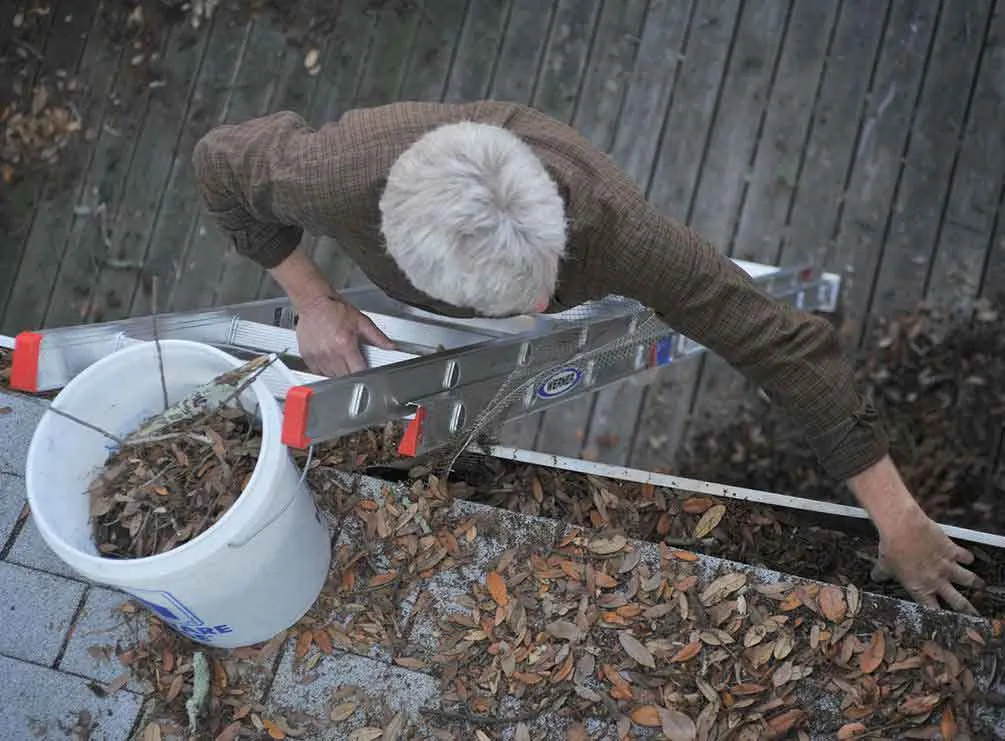
Gutter clogs are not just for leaves and dirt. These gutters are used as nesting places by small animals and birds. You should know whether any animals have nestled in your gutter, and make sure you inspect the gutter before cleaning it. You should check the gutter using a ladder, even if the gutter is cleaned with the pole.
6.You underestimate your ability to clean gutters.
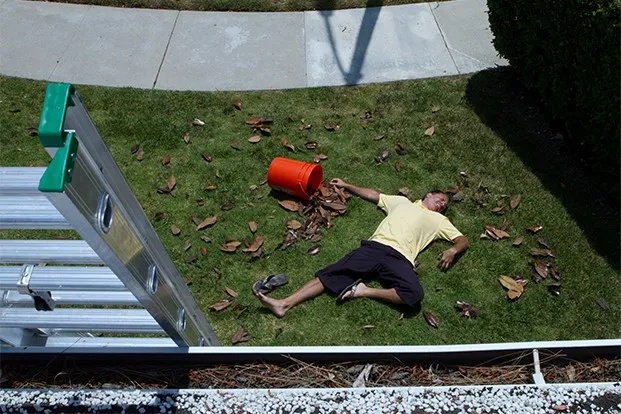
You can often clean your gutters by yourself. Safety is paramount. The ladder must be sturdy and robust. The ladder should not extend beyond the roof’s edge by more than one meter. To stabilize the ladder, it is a good idea to hire a helper.
When gutters are difficult to reach or there are many floors in the house, a professional should be consulted. A lift truck can clean your gutters safely, but an expert may need to climb up onto your roof. Industrial climbers can also do this task. It would help if you never left such cases to the professionals for your safety.
7. Do not rework the gutter after cleaning it.

You must still rinse the gutter after you have removed all leaves and dirt. This is the only way you can loosen small dirt deposits. Holding devices for garden hoses are available in the specialized trade. The gutter can be rinsed in one pass, and then you can clean its interior with a damp cloth. These steps will prevent any buildup of bark.
You can also find leaf grids in specialist shops. The gutters will not fill with leaves and dirt this way, making gutter cleaning more accessible in the future.
Correctly installed the gutters; no mistakes are allowed.
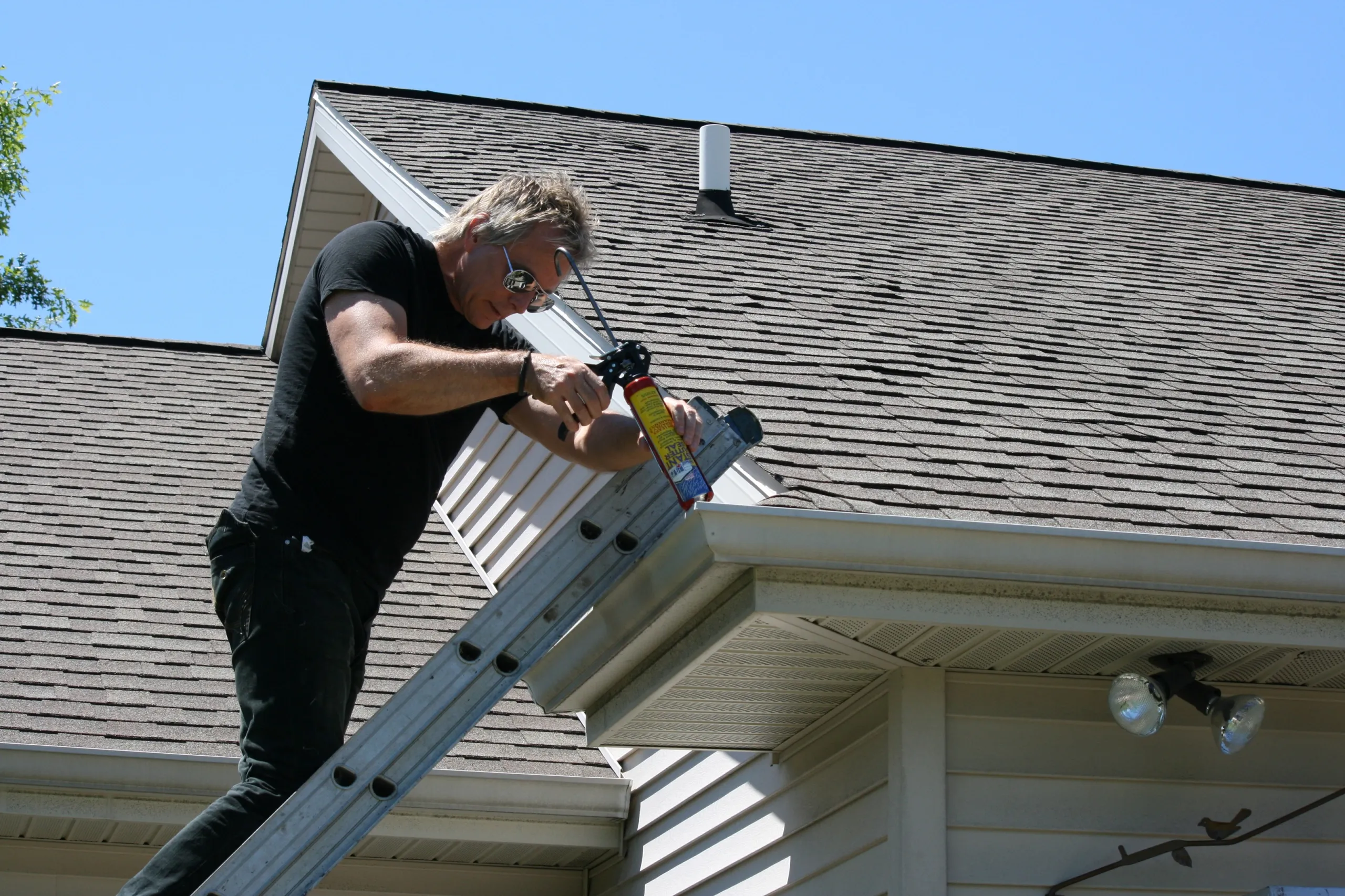
Any mistake in the installation or mounting of drainage systems could lead to severe violations or failures. The owner of a private home or cottage could lose their money and their time. The gutter system failure will require the owner to remove the old items, purchase new ones, and install them with the help of professionals.
These were the most common situations encountered in this responsible work. Therefore, repeating them is a bad idea.
Check the diameter properly:

An inconsistency between the diameter and number of gutters can lead to excessive stress on the channel. IT can cause cracking or breaking during heavy rains.
Check the slope correctly.
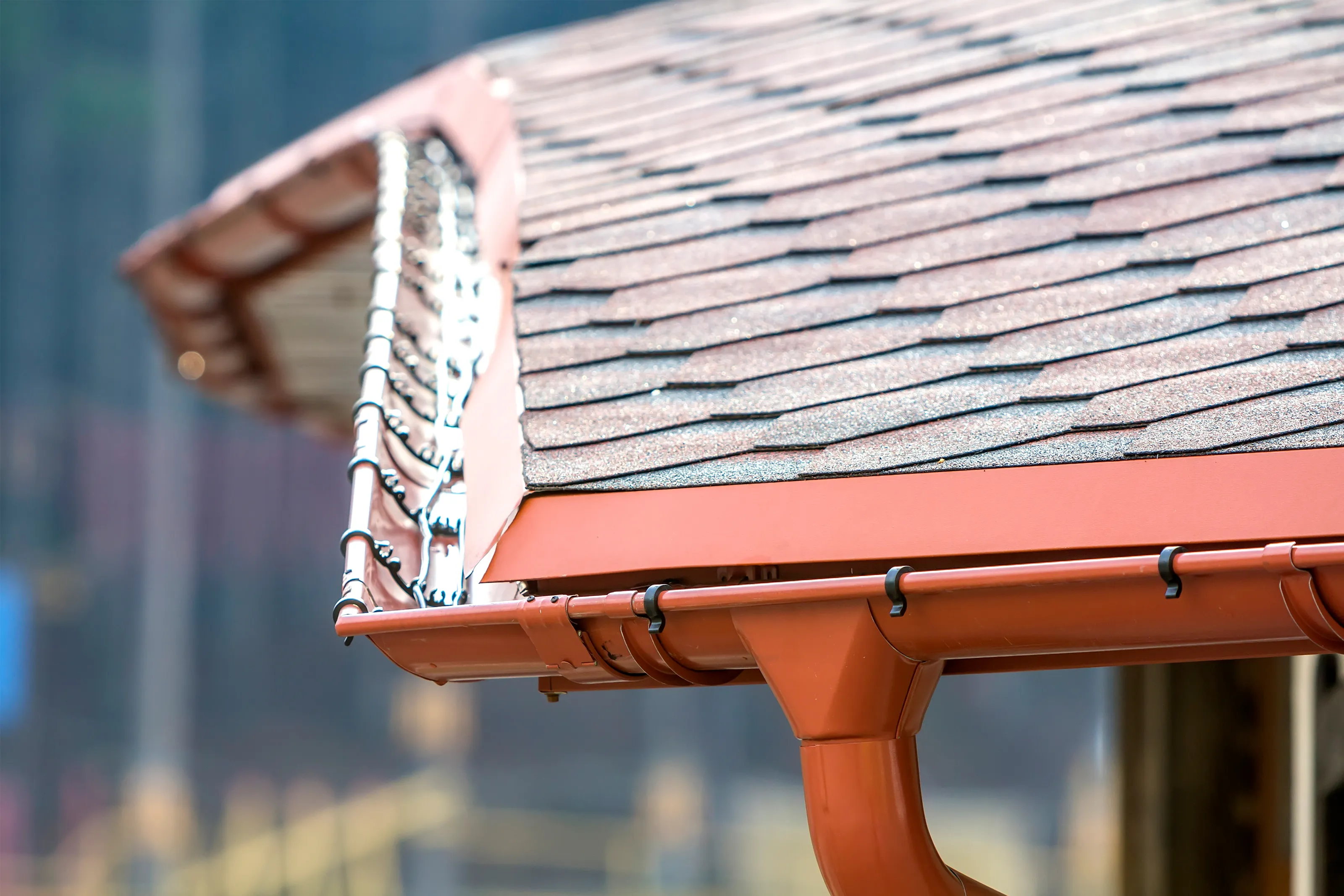
Every gutter is installed horizontally, without a slope, which causes water to build up and overflow during heavy rains. The winter will see water build up and freeze in the system. A thaw can cause serious ice plugs to form that block drainage and damage plastic gutters.
The gutter’s outer edge is protruding beyond the edge of your roof, which can cause the channel to fail in its function. Or, the gutter may be installed with a contra slope away from the wall. As a result, it is causing damage to your front.
Also read
The gutter should not be close to the wall:
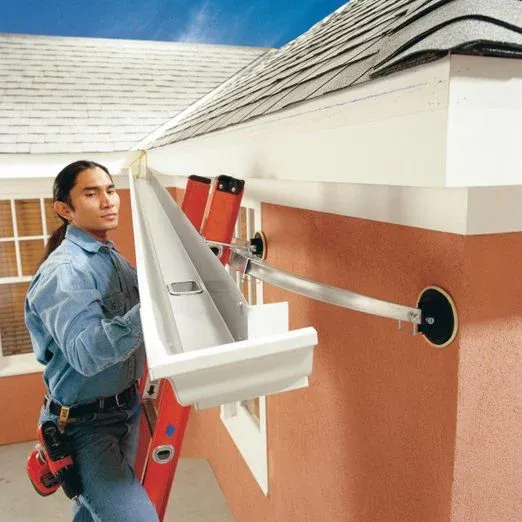
The gutter is too close to the wall, leading to excessive wetting and damage to the house’s facade.
When it cools, stagnant water becomes ice and melts in the freeze. This causes ice plugs which prevent drainage. After a few years, the whole system may need to be repaired. The plastic gutter might even burst. Copper gutters with less exposure are cheaper, but they cost more.
Check the gutter position:
The roof can be too high above the gutter, or vice versa; it may be too far from its center. It is also dangerous to position the gutter towards your house’s wall and let it become obstructed by heavy rains.
The pipe is very close to the house wall. A poorly designed fixing gutter system can lead to damp walls when it rains.
Note:
All types of drainage systems need to follow the same basic rules. However, there are some differences in the installation of plastic and metal gutters.